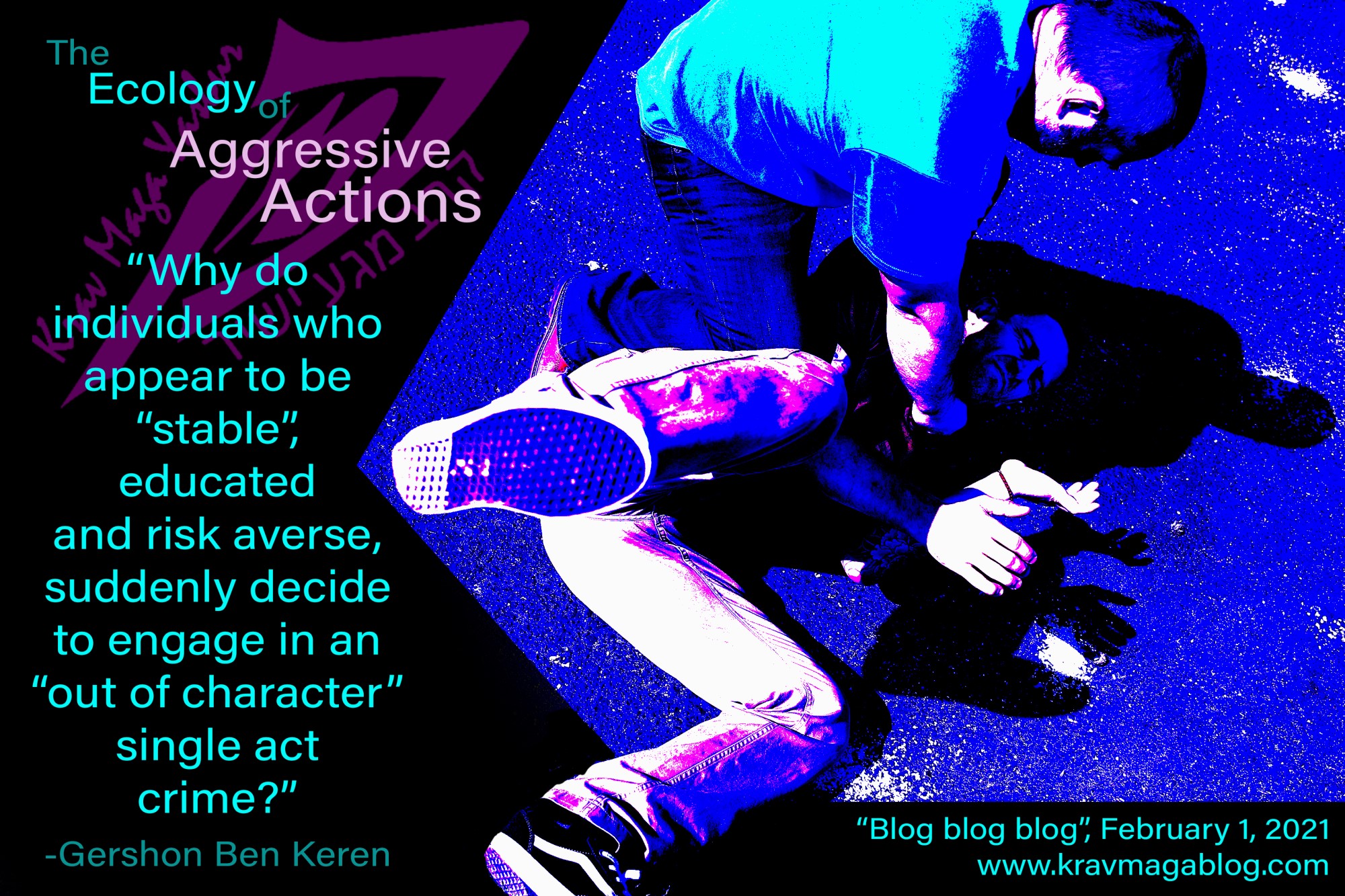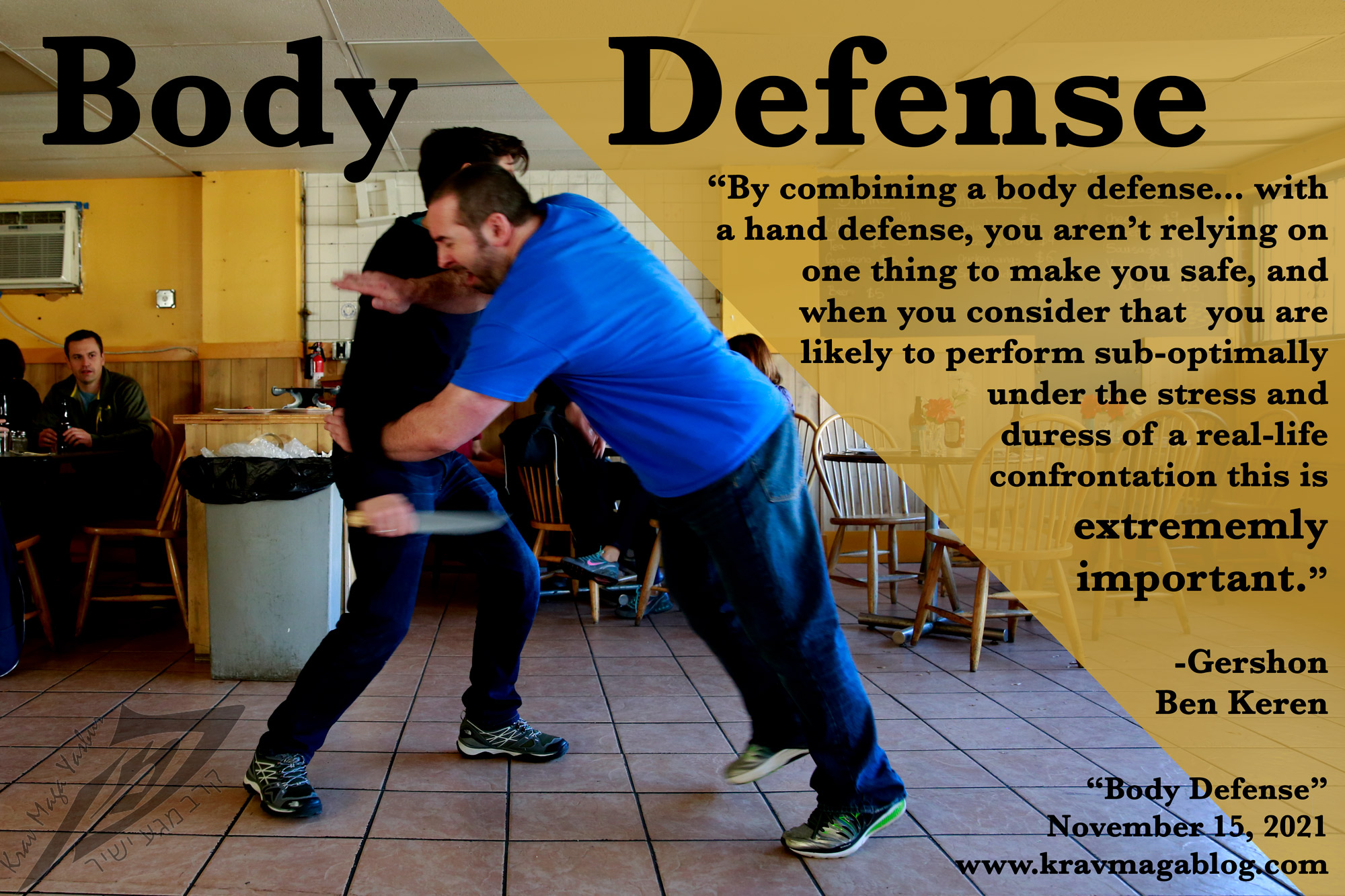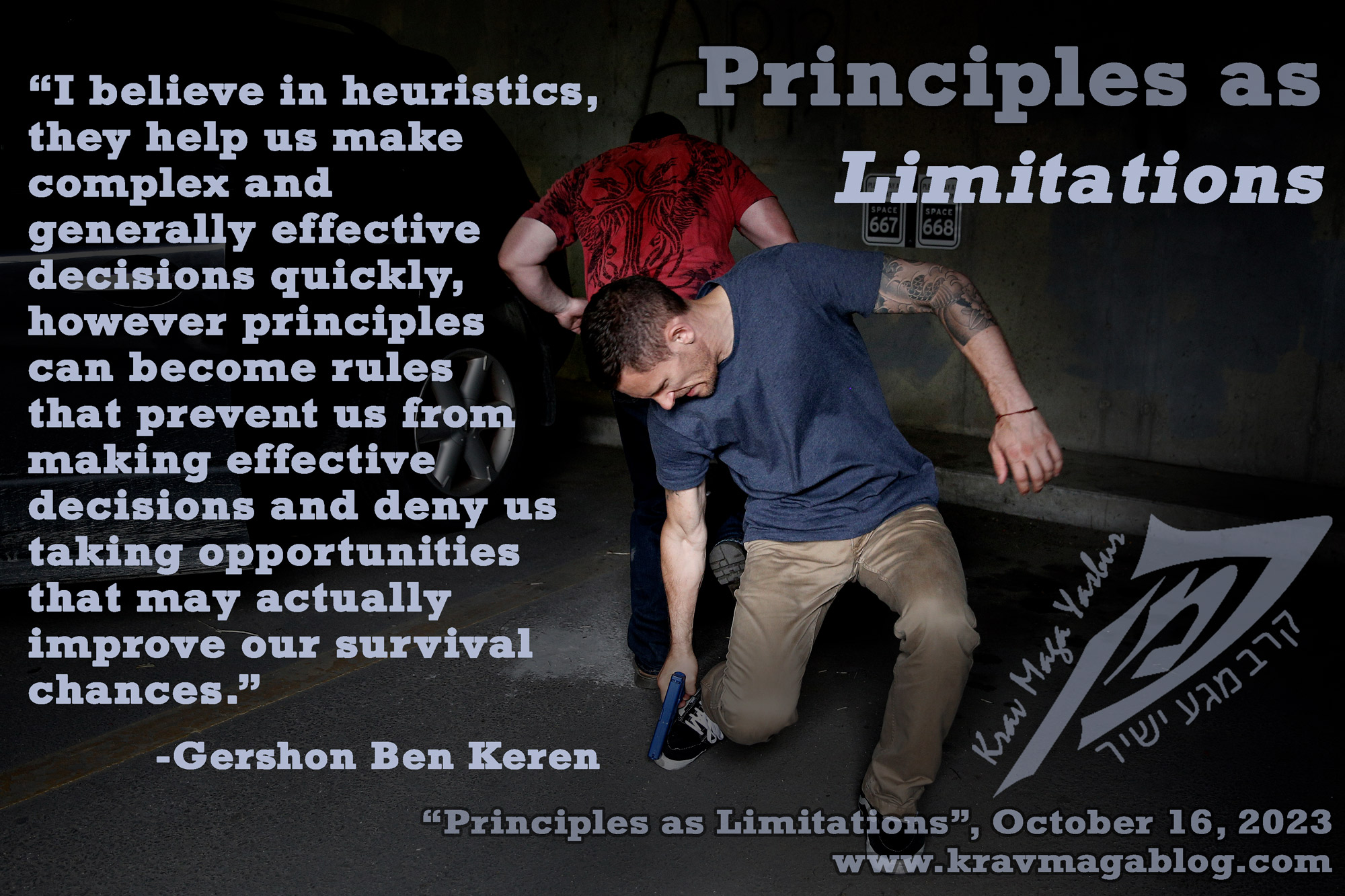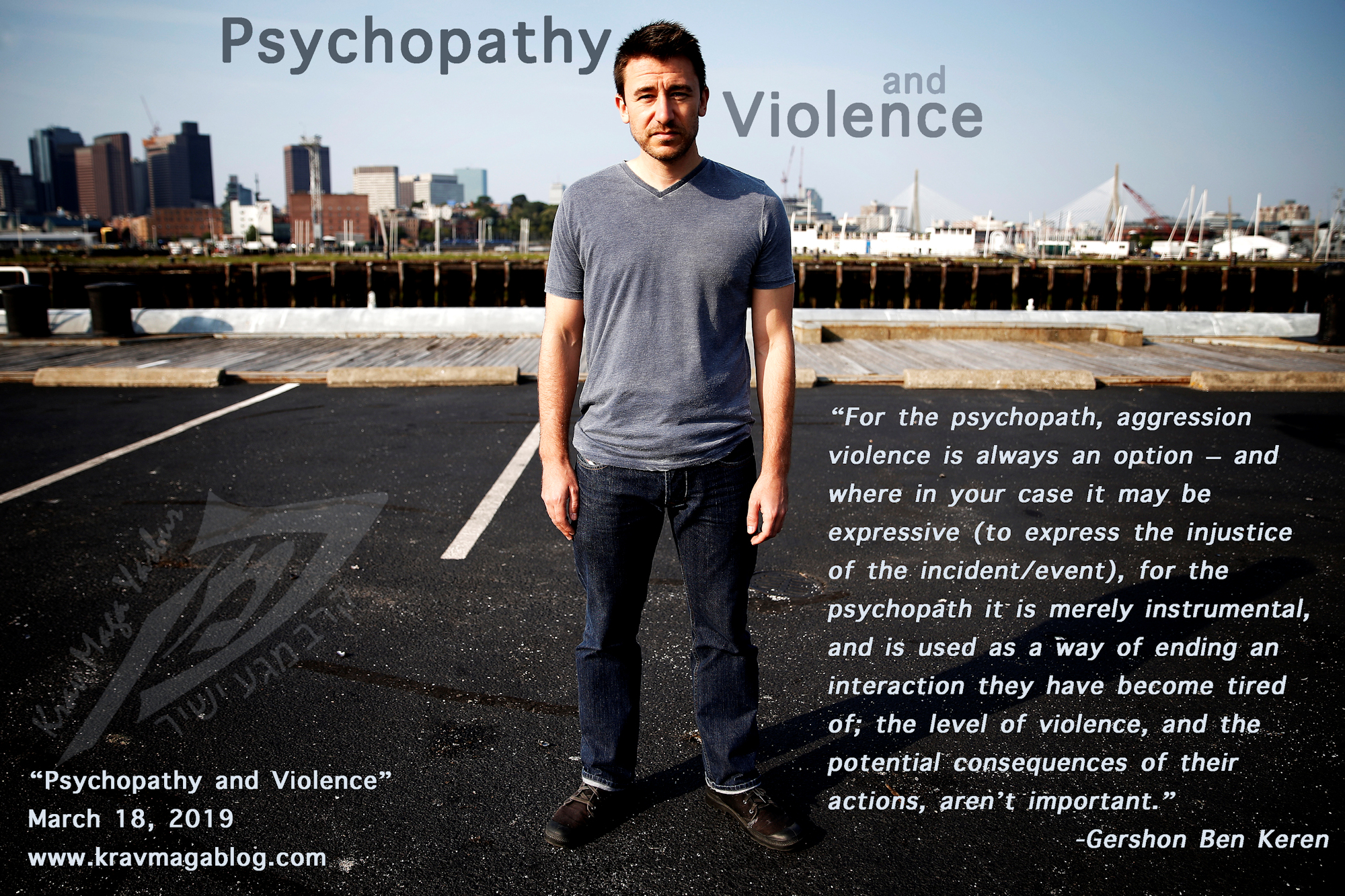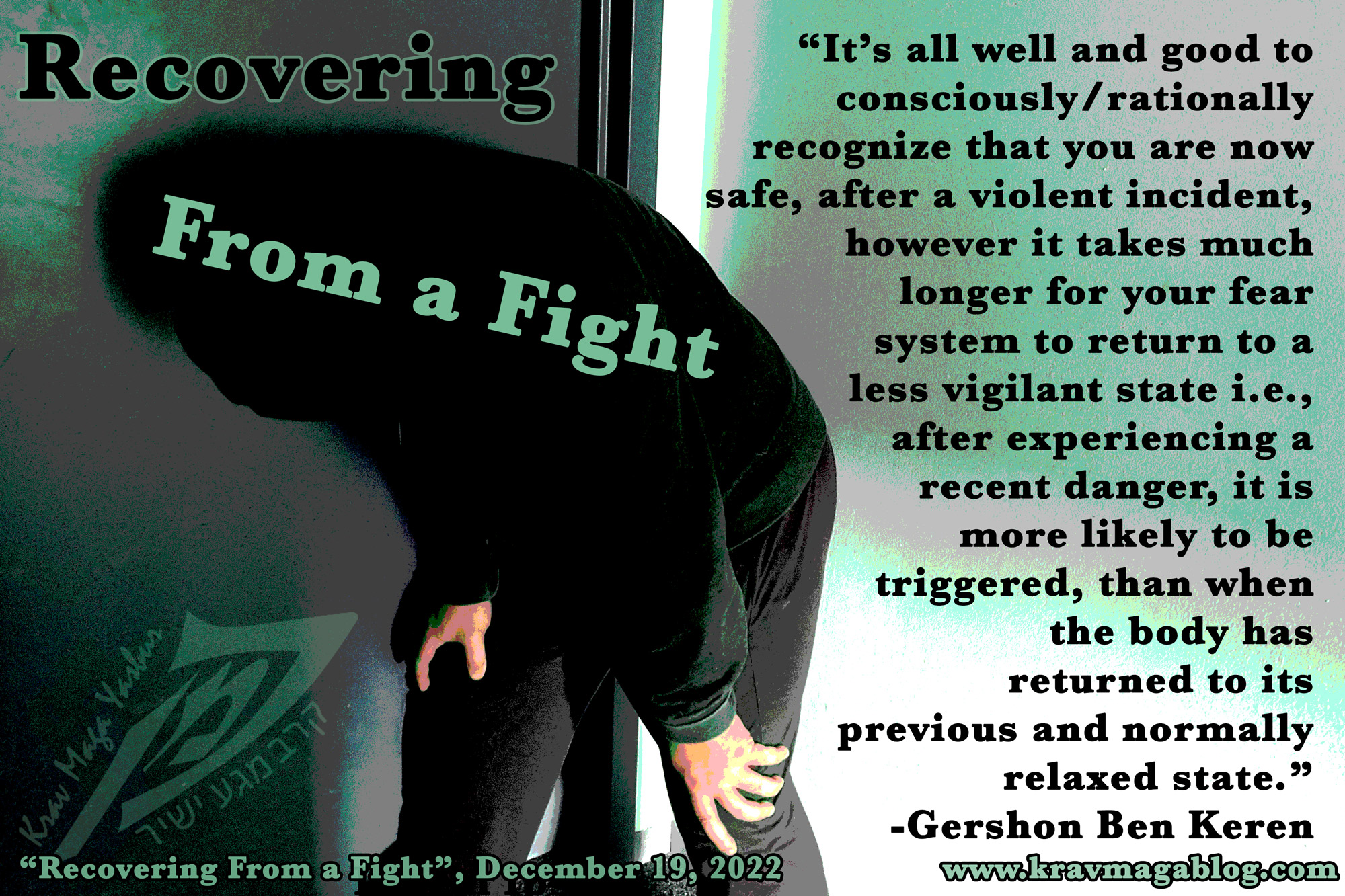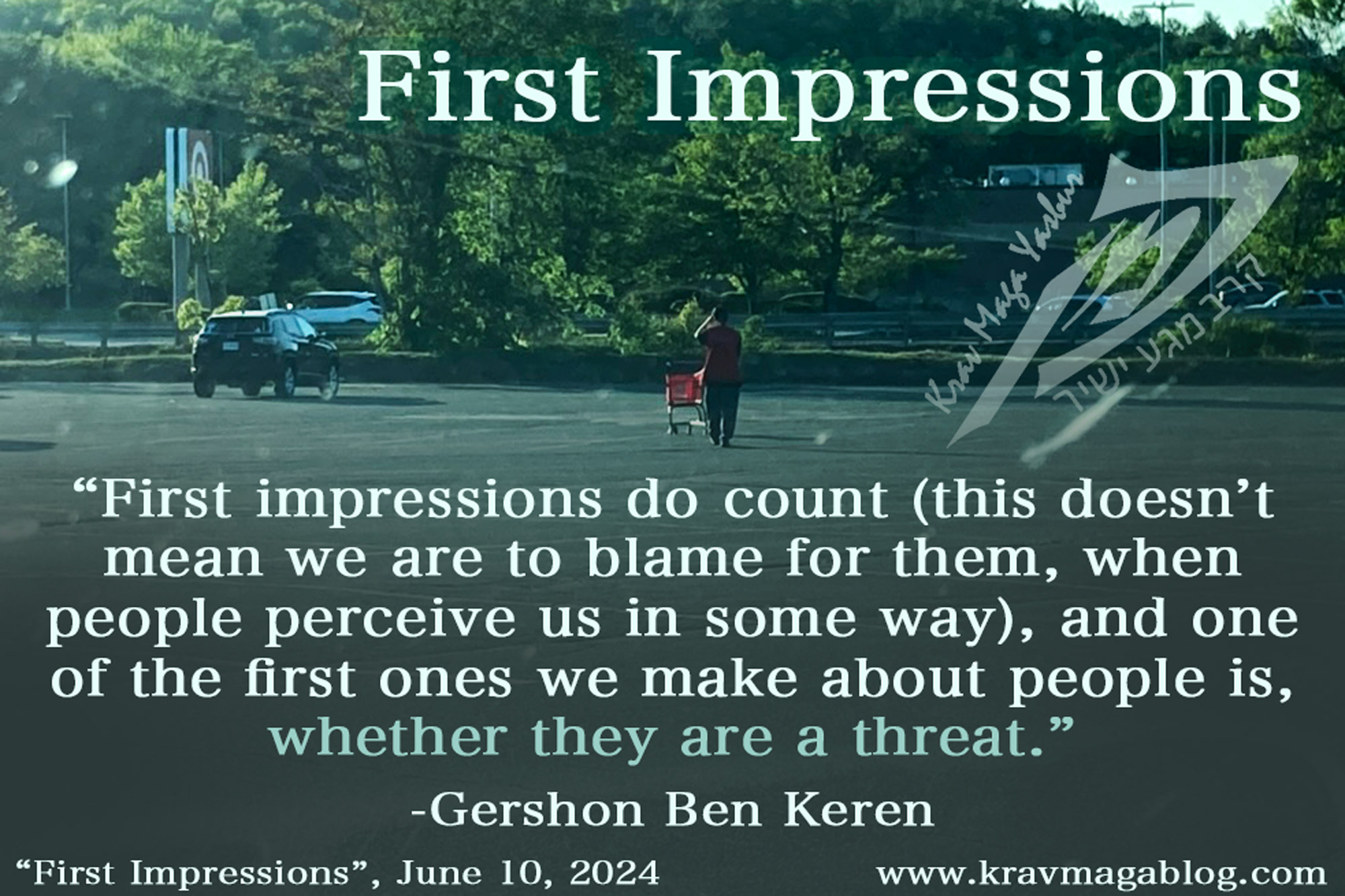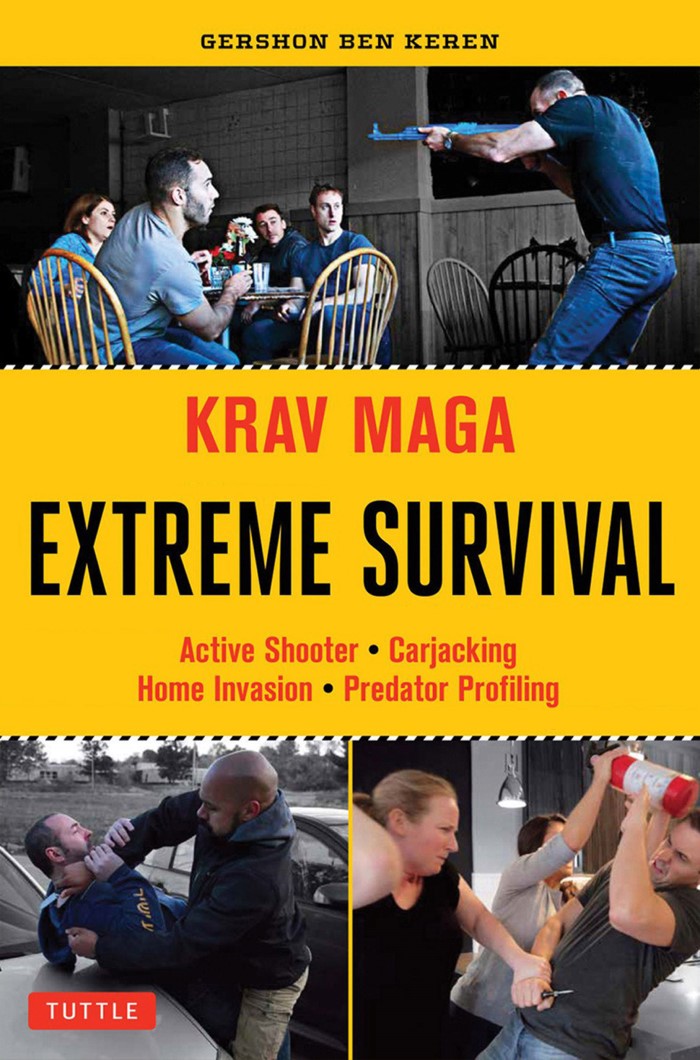First Impressions, is an article written by Gershon Ben Keren, a 5th Degree Black Belt in Krav Maga, who teaches Krav Maga in Boston, MA. He has also authored three Amazon best-Selling Books on Krav Maga.
When I was a grad student, I was asked to take part in an experiment as part of an undergraduate student’s research. My photograph was taken (head and shoulders), and along with others, shown to various people, who would then “guess” and “speculate” on our various occupations. Answers were open-ended, rather than provided as options to select from. The most common response given to my photograph was “window cleaner” i.e., that was the “first impression”, regarding occupation, that people had of me. It is worth pointing out – to demonstrate the limits of research – that this particular study was carried out in a working class/blue collar area in the North-East of England, where people were more likely to be working class/blue collar occupations over other ones. However, I would be interested to repeat this experiment thirty-plus years on to see if I got the same result/occupation e.g., did people think I was still a window cleaner, or would they think I’d chosen a different career path etc.
First impressions are funny things, and in many ways, we don’t always make the right judgments. Ex-MLB (Major League Baseball) player, Doug Glanville, when clearing his driveway of snow, was seen by a member of law enforcement, not as a homeowner in his middle/upper class area of Hartford, Connecticut, but as a grifter, “trying to make a few bucks, shoveling people’s driveways” i.e., that officer’s first impression was wrong, and was based on an incorrect heuristic: people/homeowners who live in this part of town are white, not black (Doug Glanville was in no way responsible for that officer’s “first impression” of him, he was simply clearing his driveway of snow like any other homeowner). I’m not trying to downplay or excuse a case of racial profiling – which is what this blatantly was – I’m trying to point out that our first impressions of people are often wrong and based on flawed assumptions i.e., our evolutionary systems for identifying and detecting threats have yet to catch up with our modern-day realities. This is not an excuse for racism, nor is it an excuse for the creation of “folk devils”, which unfortunately is often the result of racism e.g., a black teenager in a hoodie is only one step away from thinking about committing a crime etc. From a personal safety perspective, we need to develop and understand the basics of the neuroscience of first impressions and how in a moment we evaluate a person as being a “threat” or being safe.
First impressions do count (this doesn’t mean we are to blame for them, when people perceive us in some way), and one of the first ones we make about people are, whether they are a threat. Research by Bar et al. (2006), shows that our decision making occurs, regarding threats, in as little as 39 milliseconds i.e., almost immediately, and at a subconscious level. This makes sense. One of our most critical evaluations concerns our own survival. However, in the incident concerning Doug Glanville, the assumptions made about him were wrong i.e., someone who was black, couldn’t be a homeowner in the neighborhood where he lived. The starting point was wrong, and therefore ineffective; the officer would have been better employing their time/resources somewhere else, rather than making assumptions that he had no way of validating. From a personal safety perspective, we need to understand that our gut feelings may be wrong and that we need to evaluate them. Whenever we have a “reaction” we need to consider our response(s) and recognize if we have got it wrong. This is how our fear system is intended to work i.e., a stimulus triggers an initial/instinctual response and then our conscious/rational brain makes sense of what we’ve experienced. When the law-enforcement officer saw Glanville shoveling snow, his initial reaction may have been based on a stereotype i.e., a black man in a predominantly white neighborhood is probably a “hired” person etc., but then his reasoning brain should have taken over, and worked out that it wasn’t inconceivable for him to be a homeowner shoveling his own driveway. He could have then responded in a different, more inquisitive, and enquiring way, looking to find out and establish facts rather than immediately jumping to an incorrect conclusion, which saw him end up on the wrong end of a harassment case.
If whilst walking in the woods, you step on something that moves you will probably instinctively move back. This is because your inherent belief system, suggests that what you stepped on was a snake or unstable ground etc., however after jumping back your conscious belief system takes over, and you try to identify whether what you experienced was actually a threat or not e.g., was it a snake, or just a rotten branch that you stood on etc. All of us have been educated and experienced to have certain beliefs, and these will influence our reactions – and there is a long process of re-education that may need to happen – however when we get over our initial reactions, we should apply reason to our responses. We may initially identify a threat which is actually benign but if we continue to treat it as a threat then we may find ourselves escalating a situation that we could have easily disengaged from or de-escalated (maybe taking a hit to our ego but nothing more).
There is obviously a much longer and more involved discussion about where our prejudices and misinformation, concerning our threats and fears come from but in the short term we should recognize to distinguish between our first impressions and when possible taking the time to gather information and/or make allowances for the fact that we may not have all the information available to make the right and effective decision.
0 COMMENTS